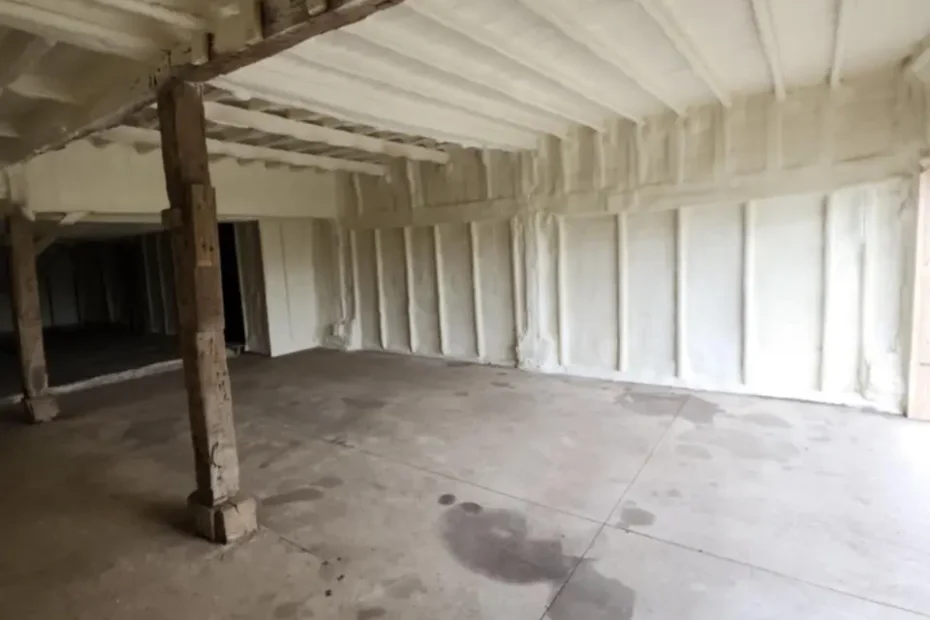Understanding Insulation Benefits
Insulation benefits go beyond just energy savings; they can also contribute to noise reduction in buildings. The materials used in insulation help absorb sound waves, preventing them from traveling through walls and ceilings.
By enhancing the acoustics of a space, insulation can create a more peaceful and comfortable environment for occupants. This is particularly important in areas with high noise levels, such as near busy roads or airports.
In addition to reducing energy costs, properly installed insulation can act as a barrier against unwanted noise, improving the overall quality of living or working spaces. Understanding these dual benefits showcases the value of investing in quality insulation products.
The Relationship Between Insulation and Noise Reduction
The relationship between insulation and noise reduction is rooted in the material’s ability to dampen sound vibrations. Insulation creates a barrier that absorbs and dissipates sound energy, thereby minimizing the transmission of noise between different areas.
This acoustic insulation property is essential for maintaining privacy within buildings and reducing the impact of external noise sources on indoor environments. Whether it’s fiberglass, foam, or cellulose insulation, each type plays a role in enhancing sound insulation.
When insulation is strategically placed in walls, floors, and ceilings, it forms a crucial part of the building envelope that not only regulates temperature but also shields against unwanted sounds. This symbiotic relationship underscores the holistic benefits of insulation beyond mere temperature control.
Furthermore, the thickness and density of insulation materials contribute significantly to their noise reduction capabilities. Understanding how these factors interplay can help maximize the soundproofing effects of insulation installations.
Types of Insulation That Aid in Noise Reduction
Various types of insulation offer different levels of efficacy in noise reduction. For instance, fiberglass insulation is known for its ability to absorb sound waves and minimize reverberation within a room.
Spray foam insulation, with its expansive nature, can seal gaps and cracks effectively, reducing both heat loss and noise infiltration. Its sound-dampening properties make it a popular choice for those seeking enhanced acoustics.
Cellulose insulation, made from recycled paper or plant fibers, provides a sustainable option for noise control. Its dense composition acts as a barrier to sound transmission, creating a quieter indoor environment.
Mineral wool insulation, composed of rock or slag fibers, not only resists fire but also excels in reducing sound transmission. Its versatile application across walls, ceilings, and floors makes it a valuable contributor to noise reduction strategies.
Installation Tips for Maximizing Noise Reduction with Insulation
Proper installation is key to maximizing the noise reduction benefits of insulation. Ensuring a tight seal without gaps or compressions helps maintain the integrity of the sound barrier created by the insulation materials.
When insulating walls for noise reduction, consider double stud framing or staggered studs to minimize sound transmission pathways. This structural approach, combined with quality insulation products, can significantly enhance the overall soundproofing effectiveness.
Don’t overlook the importance of insulating ceilings and floors to complete the soundproofing envelope. By addressing all potential entry points for noise intrusion, you can create a more serene and comfortable indoor environment.
In retrofitting existing structures for noise reduction, adding insulation to interior walls or ceilings can help mitigate unwanted noise. Consulting with insulation professionals can provide tailored solutions for each specific noise challenge.
